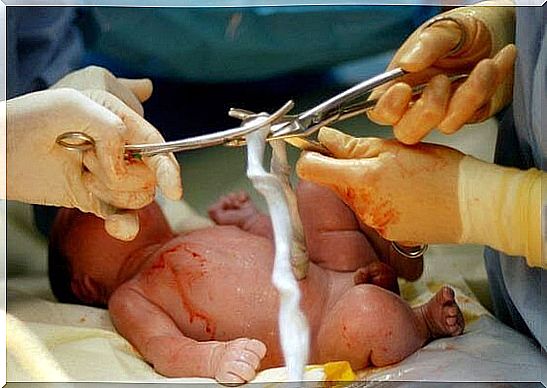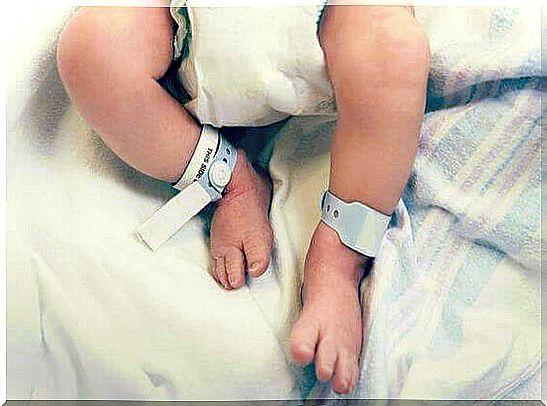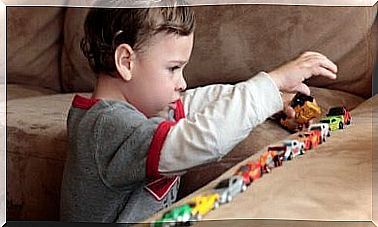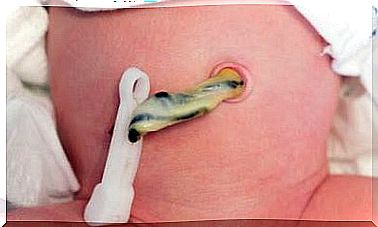Maternity Dictionary: 9 Words You Need To Know

During childbirth, there are many women who do not understand all the terms that the medical staff uses. It can be disturbing to hear so many strange words that they have never heard before. A small birth dictionary is very useful.
And at the time of delivery, it is very important to feel calm and secure. But sometimes it can be a disadvantage not to know what is actually happening. It’s easy to feel nervous if we’re confused by new terminology. Therefore, we want to give you a basic birth dictionary, with some words that are often used by doctors during childbirth.
Childbirth dictionary: common terms
Epidural
This is a type of anesthesia that helps control pain during the enlargement phase and throughout childbirth. This provides good pain relief to the lower body. At the same time, it allows women to be conscious during labor. It reduces the sensation in this area of the body, but does not remove it completely.
Epidural spinal anesthesia is administered with a catheter, which is a tube that is very thin, hollow and flexible. This tube is inserted into the epidural space, which is located outside the membrane that surrounds the spine and spinal cord. This is the most commonly used method to relieve pain during childbirth.
Cesarean section
This is an operation that involves the doctor surgically removing the baby from the mother’s uterus. If the woman has complications during a vaginal birth, this procedure is used. It is the last resort that doctors use to get a baby out. It is performed with an incision in the abdomen and in the lower part of the uterus.
There are many reasons why a woman may need a caesarean section. The decision will depend on the attending physician. The complications may be related to the child or mother. The most common scenario is abnormal positioning in the uterus or developmental problems in the fetus.
For the mother, the biggest problems are health-related, such as uterine fibroids or herpes. There may also be other serious diseases such as heart disease and preeclampsia, which may require a cesarean section.
Contractions
These are involuntary and recurrent movements in the uterine muscles. The muscles in the uterus relax and contract. These muscles give rise to these movements to prepare for the pains. Minor contractions may also occur during pregnancy. There is no reason to worry about this, as it is perfectly normal.
Contractions occur during the active phase of childbirth. They can vary and come at regular intervals or irregularly. From mild to intense and painful.
Umbilical cord

The umbilical cord is the band that connects the placenta to the baby’s navel. Its function is to transmit essential blood and nutrients shared by the mother and her baby. Nutrition travels through the umbilical cord during pregnancy, until birth. When the baby is born, the midwife cuts it off and the placenta is also extracted, which can be used for medical purposes.
Placenta discharge
The placenta is the organ that nourishes the fetus through the umbilical cord during the 9 months that the pregnancy lasts. It usually differs from the uterus after childbirth. If premature birth occurs, this can lead to complications before birth.
Pliers
This is an instrument used by the doctor if you need help getting the baby out during a vaginal birth. The forceps are used to help the baby move through the birth canal so that it can come out. The doctor will use these to control the baby’s head. The mother will then shake out the fetus the rest of the way with her contractions.
Amniotic fluid
Amniotic fluid is the yellowish fluid that surrounds the fetus when he or she is in the womb. It protects it from any external damage and helps maintain a constant temperature. It also allows the fetus to float around in a simple and comfortable way, thus developing its muscles and lungs.
Pregnancy toxicosis
This is a medical condition in a pregnant woman. It is a combination of a number of diseases, including high blood pressure and excessive weight gain. It is one of the most serious complications during pregnancy and affects 5% of pregnant women.

Premature water departure
It occurs when the amniotic membranes rupture before the woman enters labor. This situation is further related to what we know as placental abruption.
We hope you enjoy using our birth dictionary.









